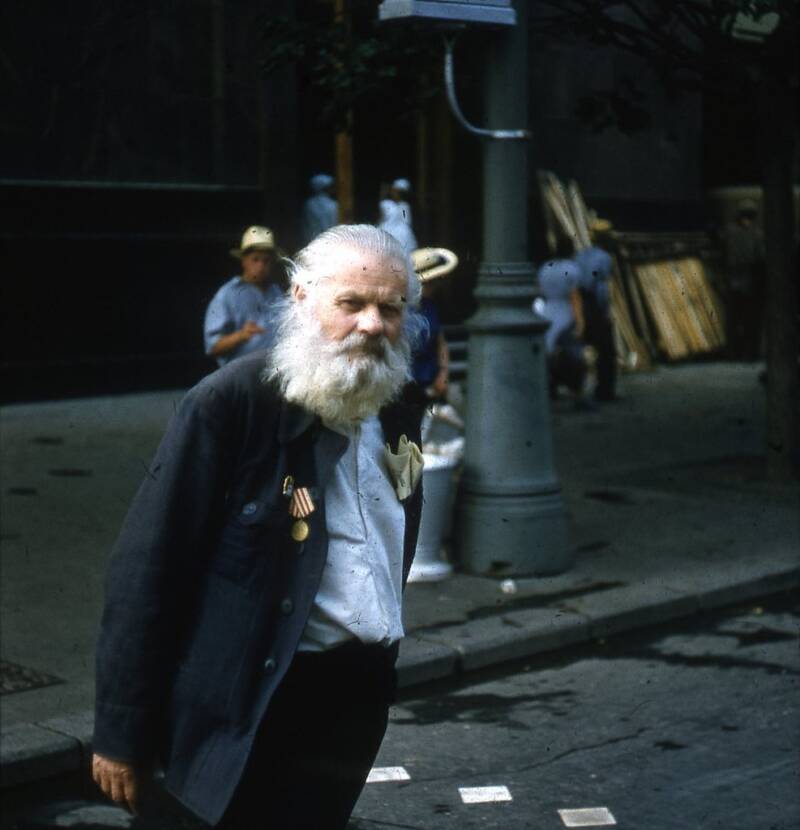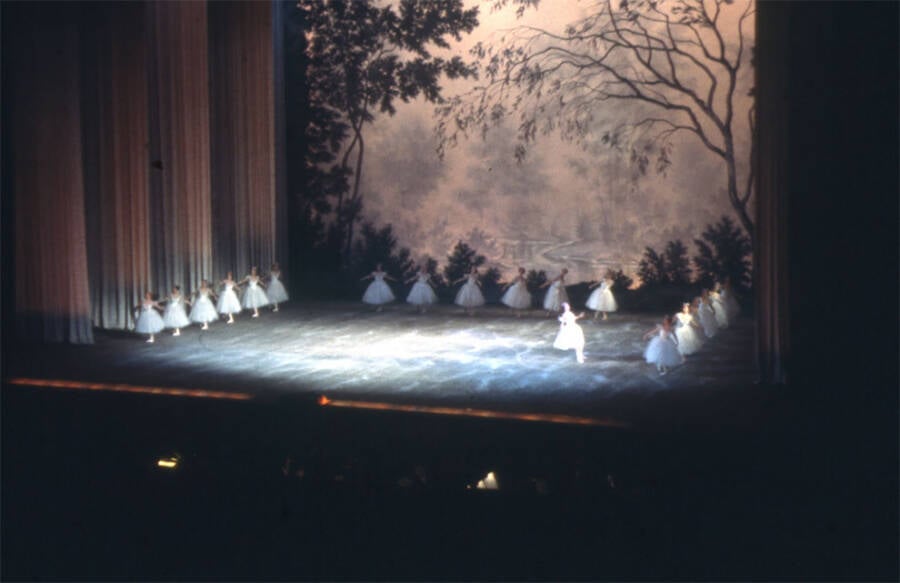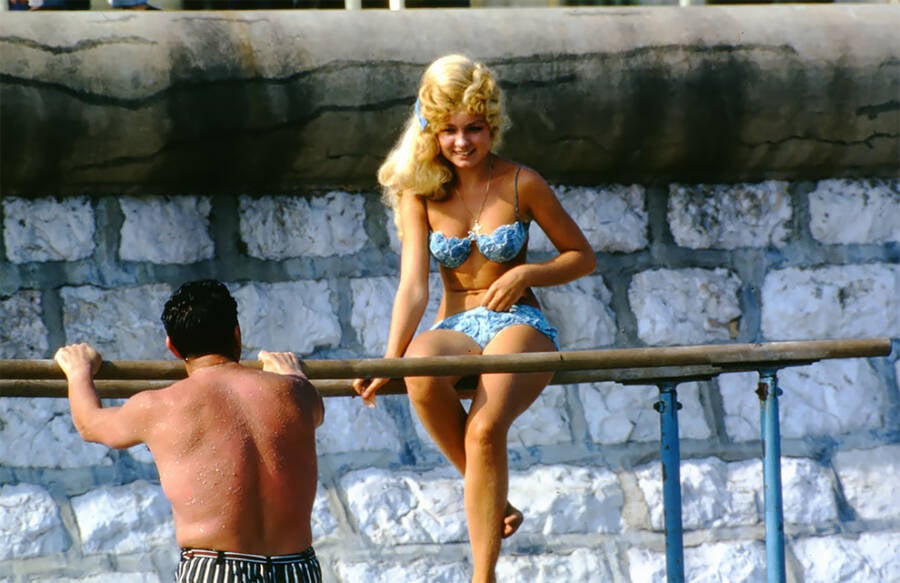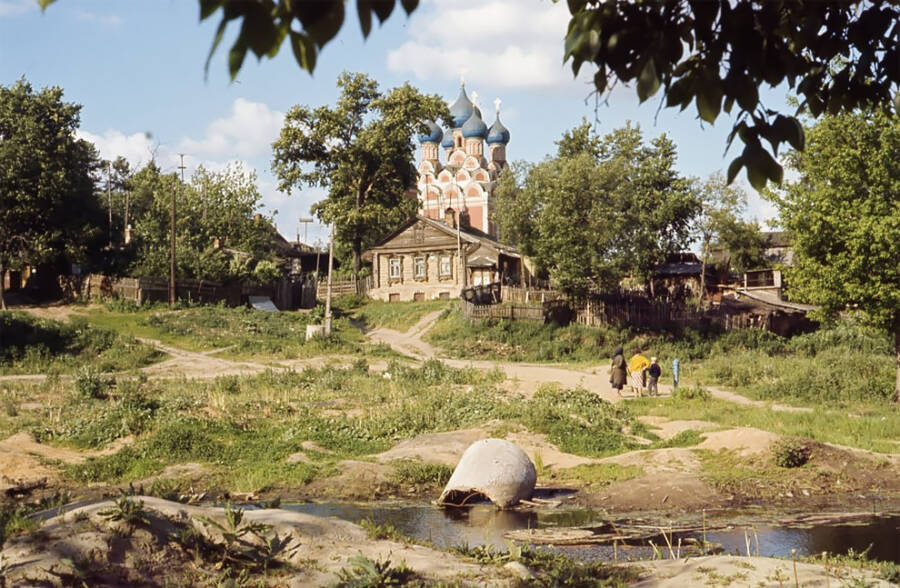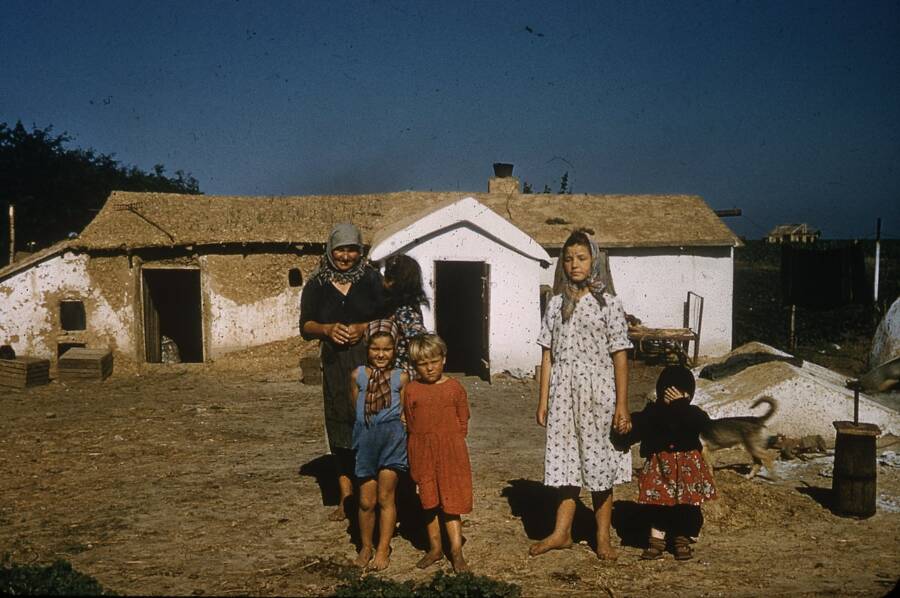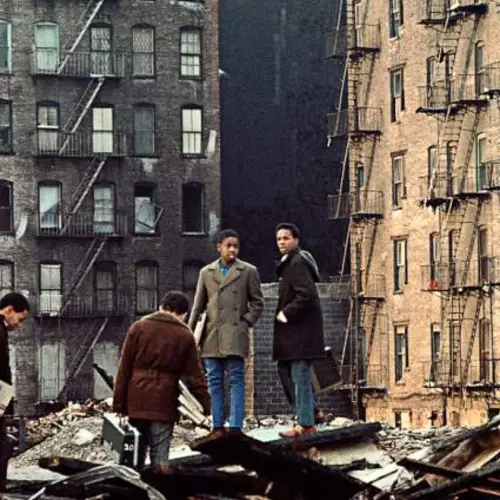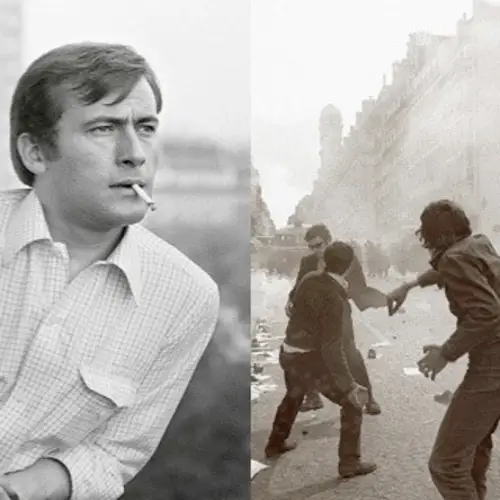When an American professor had the chance to travel extensively throughout the Soviet Union during the Cold War, he was astounded by what he saw — and took as many pictures as he could.
For many Americans in the 1960s and 1970s, the Soviet Union was the "enemy." In the throes of the Cold War, the U.S. and the U.S.S.R. faced off over issues like nuclear weapons, space exploration, and conflicts in Korea and Vietnam. But what did life in the Soviet Union actually look like?
As you can see in the above gallery of photos taken by American professor Thomas T. Hammond, life in the U.S.S.R. sometimes resembled life in the U.S. People went to markets, hung out at the beach, and pushed babies in strollers. They attended parades, went to school, and worked in shops.
But there was another side of Soviet life. The U.S.S.R. itself, which contained Russia and 14 other present-day countries, had a dramatic range of urban and agricultural societies. Some Soviet citizens worked as shepherds; others oversaw fancy buffets. And many ordinary people struggled in the difficult years of the 1960s and 1970s, when basic items like shoes became scarce.
The Incredible Life Of Thomas T. Hammond

Thomas Taylor Hammond (1920-1993) - University of Virginia Center for Russian, East European, and Eurasian StudiesThomas T. Hammond and his family in the Soviet Union. 1972.
The photos in the slideshow above are all thanks to one man: Thomas T. Hammond, a noted expert on the Soviet Union and a professor at the University of Virginia in Charlottesville. As the University of Virginia reports, Hammond (who died in 1993) spent about four decades teaching his students courses on Soviet history and Soviet foreign policy.
Thanks to his expertise, Hammond was able to travel extensively in the country. He conducted research at Moscow University, interviewed regular Soviet citizens about their lives, and took as many photographs as he could. Hammond used his pictures for both his courses and for National Geographic, which enlisted him to report on the country in 1959 and 1966.
"Moscow is fascinating and confusing," Hammond wrote in his National Geographic article, "An American in Moscow" in 1966. "It's a modern industrial metropolis with a population of 6,388,000 and yet it's only an overgrown peasant village. It's the capital of the biggest country in the world but it is provincial and ingrown. It is at the same time clean and shabby; magnificent and dowdy; exhilarating and depressing; dynamic and stagnant; planned and chaotic; revolutionary and conservative. And it's always changing."

Thomas Taylor Hammond (1920-1993) - University of Virginia Center for Russian, East European, and Eurasian StudiesWomen walking in the snow outside of a large Soviet building.
Indeed, Hammond's photos captured many of the subtle contradictions of Soviet life. In the gallery above, the images show both young people lounging on the beach and women toiling to sell bread. They show the finery of Russian ballet as well as the rugged life of a Soviet shepherd.
Beneath Hammond's photos was another stark truth as well. In the 1960s and 1970s, life for the average person in the Soviet Union had grown difficult.
Life In The Soviet Union In The 1960s And 1970s
In the 1960s and 1970s, the Soviet economy started to show cracks. As HISTORY reports, the country's rush toward industrialization greatly improved the overal economy, but resulted in a scarcity of goods for average citizens. They lacked basic goods like shoes and relied on bread lines to eat.
And although the U.S. and the U.S.S.R. were often cast as dueling superpowers during the Cold War, life in the two countries was drastically different. According to the economic think tank Adam Smith Institute, Soviets often had to wait to buy items like refrigerators, which many Americans could easily purchase after saving up. When Soviet citizens received a notice that they could buy a fridge, they had to pick it up during a certain time frame or would lose the opportunity.
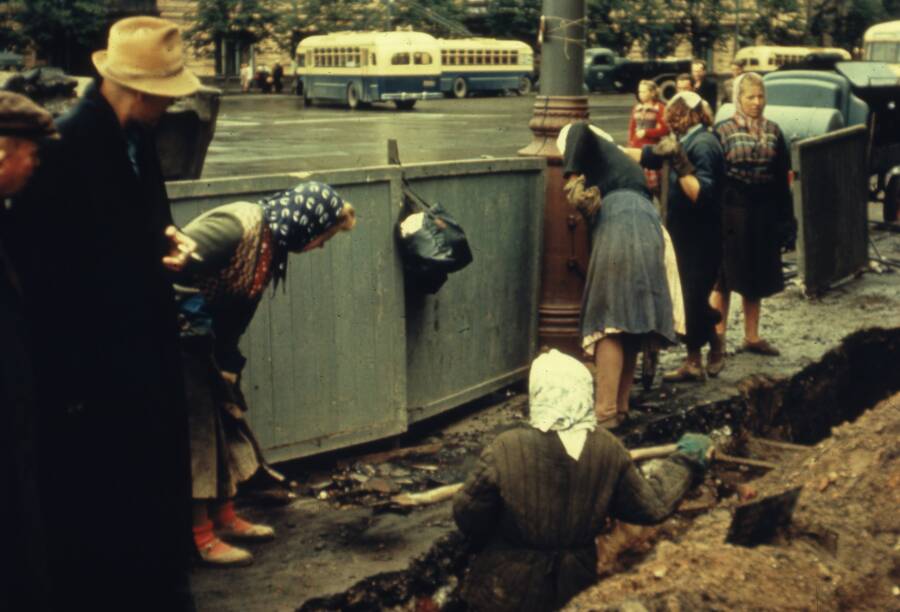
Thomas Taylor Hammond (1920-1993) - University of Virginia Center for Russian, East European, and Eurasian StudiesSoviet women digging ditches, likely near Revolution Square, circa 1958. Since so many Soviet men had died while fighting in World War II, women often had to take on jobs that were historically male-dominated in the aftermath.
By the time Mikhail Gorbachev took power in 1985, it was clear that something had to change. Gorbachev instituted policies of glasnost (political openness) and perestroika (an economic restructuring that sought to create a hybrid communist-capitalist system). But it wasn't enough.
In December 1991, the Soviet Union collapsed. The former superpower would later separate into 15 different countries: Armenia, Azerbaijan, Belarus, Estonia, Georgia, Kazakhstan, Kyrgyzstan, Latvia, Lithuania, Moldova, Russia, Tajikistan, Turkmenistan, Ukraine, and Uzbekistan.
As such, Thomas T. Hammond's photos of the U.S.S.R. in the 1960s and 1970s depict an era from the past. The Soviet Union itself has been gone for more than 30 years, but Hammond's photos capture what life was like for millions of people who lived behind the Iron Curtain during the Cold War.
After looking through Thomas T. Hammond's incredible photos of the Soviet Union in the 1960s and 1970s, browse these photos of life in Iran before the 1979 Iranian Revolution brought down the Shah. Or step inside life in North Korea with these rare images of the secretive country.
